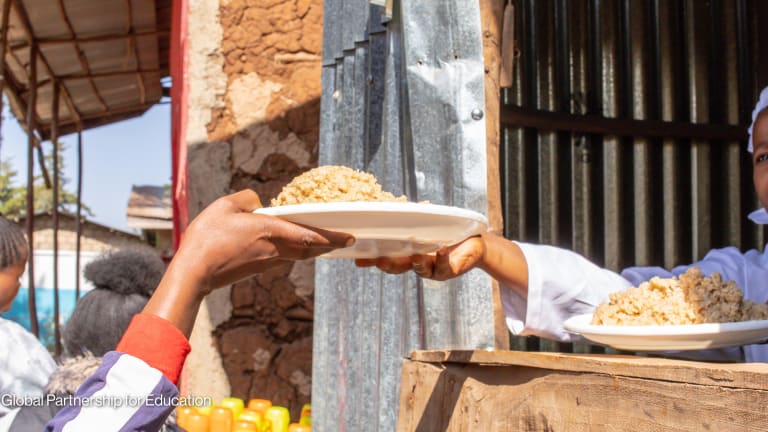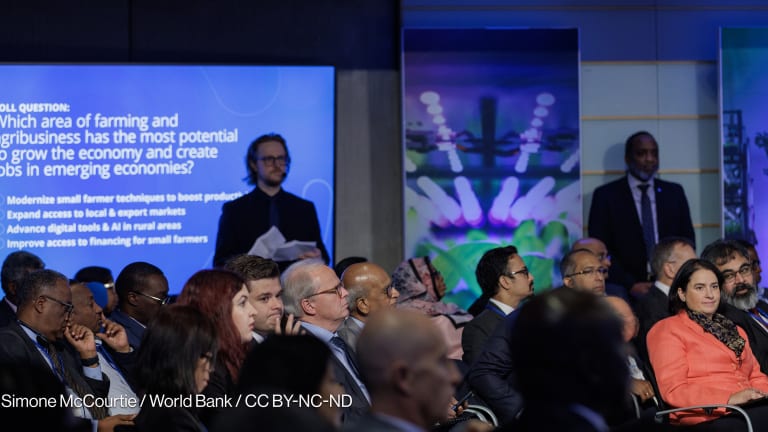What can produce 10 times more crops in the same amount of space as traditional agriculture, consumes approximately 75 percent less energy than mechanized agriculture and uses 80 to 90 percent less water? Agriculture’s not-so-new but popular relative, aquaponics.
The food production system — which combines conventional aquaculture with hydroponics to create a symbiotic ecosystem and dates as far back as Aztec cultivation — requires low capital investment, uses minimal energy and is resilient against extreme weather. These are just a few of the reasons it’s risen to the top of conversations about climate-smart solutions and why INMED Partnerships for Children has piloted them throughout Jamaica, Peru and South Africa.
Agriculture accounts for nearly 18 percent of the total employed labor force in Jamaica, a climate-sensitive country. Drought devastated crops in 2014, yet the island needs to produce “more food, more efficiently, under more volatile production conditions” than ever before, Colin Bullock, director general of the Planning Institute of Jamaica, told attendees at last week’s Harvest the Future Symposium in Montego Bay, Jamaica.






